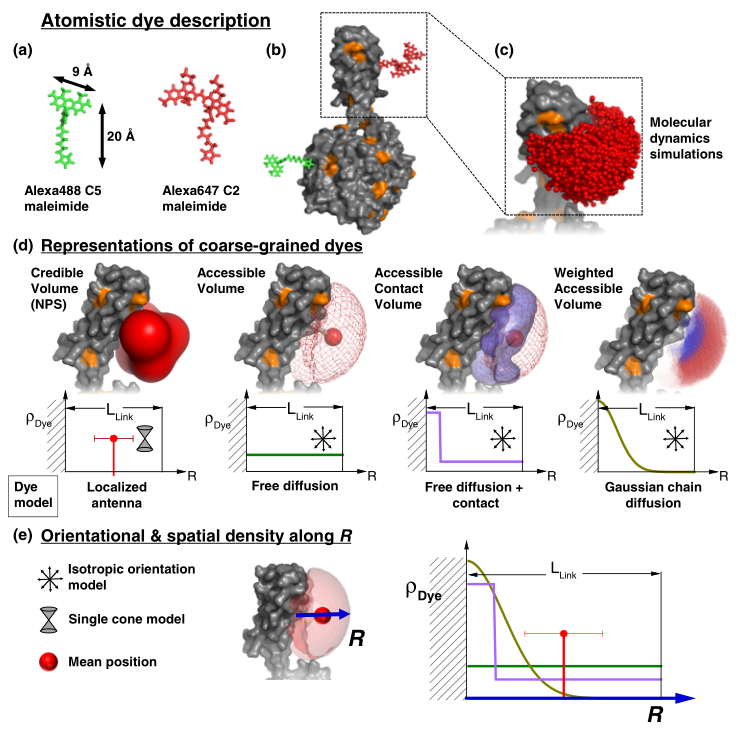
Förster Resonance Energy Transfer (FRET) combined with single-molecule spectroscopy probes macromolecular structure and dynamics and identifies coexisting conformational states. We review recent methodological developments in integrative structural modeling by satisfying spatial restraints on networks of FRET pairs (hybrid-FRET). We discuss procedures to incorporate prior structural knowledge and to obtain optimal distance networks. Finally, a workflow for hybrid-FRET is presented that automates integrative structural modeling and experiment planning to put hybrid-FRET on rails. To test this workflow, we simulate realistic single-molecule experiments and resolve three protein conformers, exchanging at 30 μs and 10 ms, with accuracies of 1–3 Å RMSD versus the target structure. Incorporation of data from other spectroscopies and imaging is also discussed.